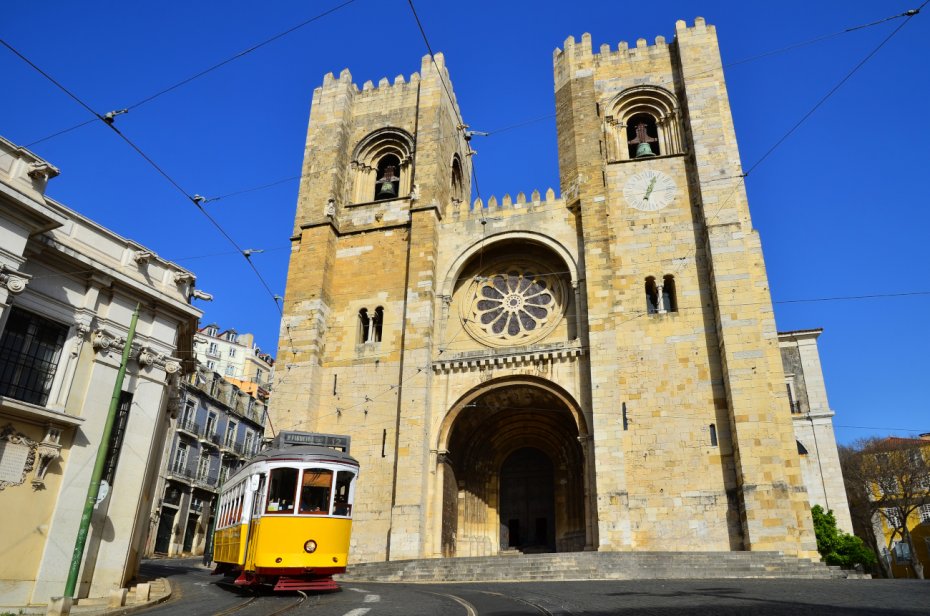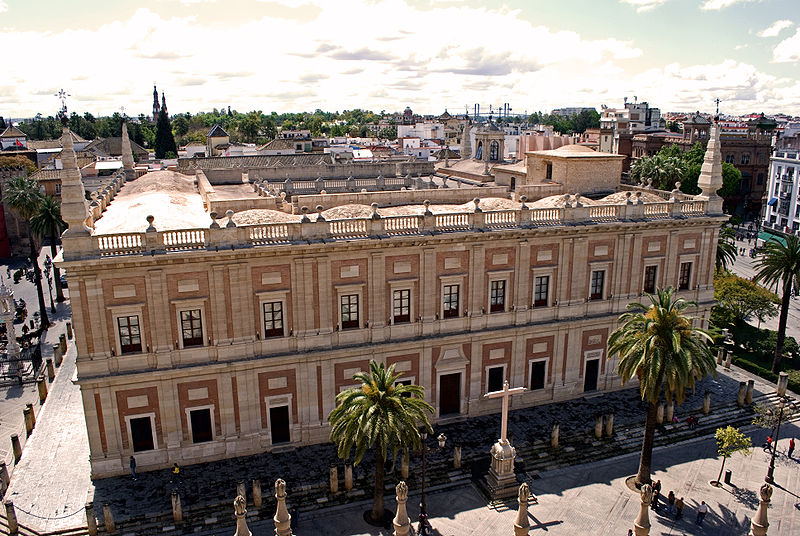Lisbon Cathedral
Santa Maria Maior de Lisboa or Sé de Lisboa is Lisbon’s cathedral and oldest church in the city.
Since the beginning of construction in 1147, the building has been modified several times and has survived several earthquakes. Currently it is the result of a mixture of different architectural styles.
Romanesque in style, it is one of the must-sees in the Alfama neighborhood. It is one of the few surviving monuments to the successive earthquakes and fires that have devastated the city.
Its construction began in the mid-12th century, when Alfonso Henríquez and the first bishop of Lisbon, Gilbert de Hastings, decided to build it over an old mosque after reconquering the city from the Muslims during the Second Crusade.
From the outside, the cathedral is protected by thick walls framed by two towers like bell towers, which give it an aspect more typical of medieval fortresses than of a temple.
It also houses a very precious treasure: the remains of Saint Vincent, patron saint of the city, whose coffin, according to legend, was accompanied by two crows in their transfer to the city (hence their incorporation to the coat of arms of Lisbon).
Lisbon Cathedral, as we can see it today, is the product of a deep restoration dating from the early twentieth century.



